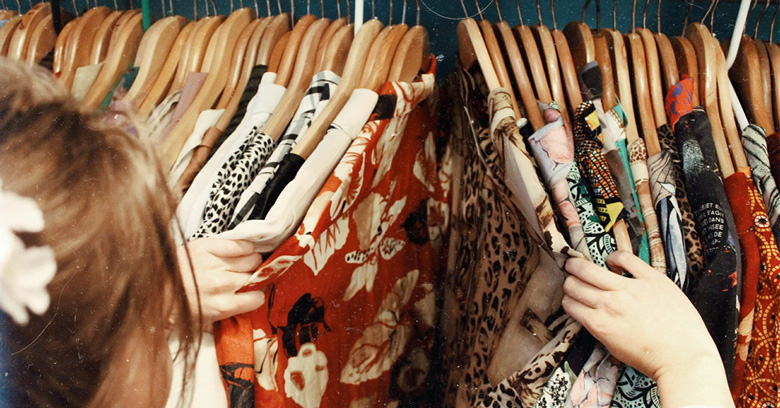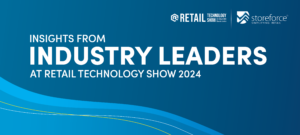Blog Post
Unified Commerce: Specialty Retail’s Top 3 Best Practices
February 21, 2018 in Thought Leadership, Unified Commerce

Despite declining traffic, the brick and mortar Store is still Retail’s most important touchpoint. Customers need a place to visualize and spend time with a brand. They want interaction with Sales Associates and the feel of your product between their fingers to cement their loyalty and build confidence for online shopping.
Unified Commerce, like any disruptive idea, has changed the definition of the word “Store”. Consumers don’t see a bricks-and-mortar and online business as separate entities. To them, it’s a single brand – one that should be consistent instore and online. Looking within our own client base, we’ve identified the ‘Top 3’ industry best practices for managing some of Retail’s most compelling Unified Commerce issues.
Top 3 Industry Best Practices for Managing Some of Retail’s Most Compelling Unified Commerce Issues
1. Measure the Problem
Thinking of Stores as ‘Markets’ can help tackle many of the eCommerce issues that affect Store operations. While customers are happy to transact online, they also enjoy physically picking up or returning their purchases instore.
Thinking of your store as a market, based on geolocation with multiple sales views for each location is step one. Step two, arm management with the ability to track sales and return metrics for each view. This puts them in the driver’s seat with the ability to proactively make informed decisions to take advantage of performance opportunities in-market and online. Successful Unified Commerce demands sales performance technology to allow both DMs and corporate leaders to embrace this vision.
2. It’s Important to Align Goals
While online sales burn up the charts with annual double-digit growth, declining traffic in-store makes it important to align goals to drive performance.
Declining traffic isn’t telling the real story; an out-of-date POS system isn’t going to separate the metrics on returns between online and instore. It was one thing when eCommerce sales were 1-5% of overall sales, but in 2018, those online returns have an impact on a Store’s bottom line. That inability to track online returns hits the Store managers where it hurts most – their bonuses.
The ability to break the data down gives the Retailer the opportunity to understand the impact and relevance of the Unified Commerce change.
3. Get Your Associate Hours Really Working for You
Can you scale your labor based on Unified Commerce trends?
It’s easy to think that the Store who receives the largest number of returns has the greatest need for additional workforce hours. The right sales performance system such as WFM+ can improve decision-making by calculating their Store’s Available Capacity – an efficient way to estimate the amount of general tasking (including processing click & collect or online returns) that can be handled within the existing labor budget. Measuring the volume of click and collect, or online instore return transactions can effectively sort which Stores need additional hours versus those with available tasking hours.
Retailers are recognizing that their Stores can play an essential role in their Unified Commerce strategies. As Unified Commerce continues to evolve, so too will the role of the Store. Dealing with the different facets of this change, while measuring the problem and aligning goals will help everyone successfully navigate the journey, improve performance while boosting sales.
Recent Blog Posts

Insights from Industry Leaders at Retail Technology Show 2024
The Customer Experience Drives UK Retailers! There was a buzz in the air last week in London Retail Technology Show 2024 was crackin' with retailers looking for new solutions and...
READ MORE
The Top 7 Questions Asked at the Fabletics Road Show
The StoreForce Road Show was a fantastic event, bringing together retailers from all over Los Angeles County for breakfast and a lively discussion session with Fabletics’ Senior Director of Retail...
READ MORE
Future Stores 2024: Key Takeaways from StoreForce
Future Stores 2024 was an incredible event for brick-and-mortar retail, bringing together industry leaders to discuss and explore the latest trends and innovations As a participant, StoreForce...
READ MORESchedule a Consultation With Our Retail Experts Today
Contact us today for a 15-minute conversation on how StoreForce can help you drive store performance and execution for less than the cost of 1 transaction per week. Learn how retailers all over the world are driving performance and customer experience through our solution made exclusively for Specialty Retail.